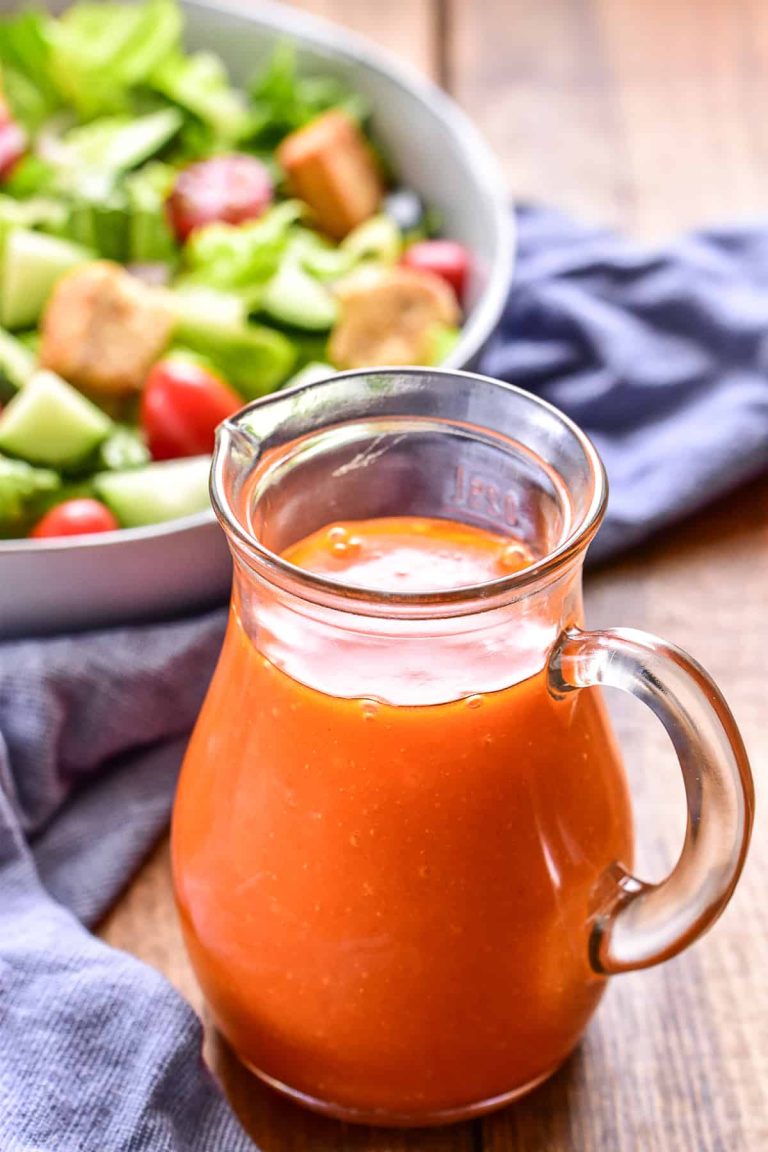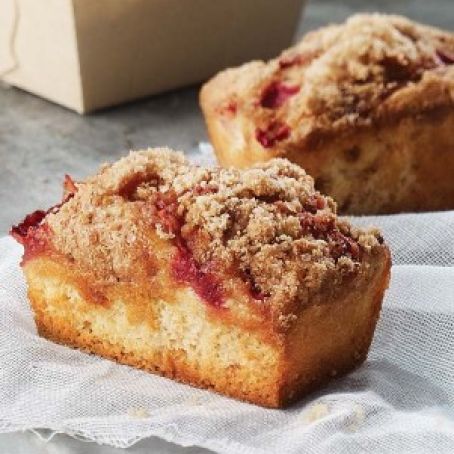Brown Rice: Nutrition Facts, Recipes, and Cooking Tips
Brown rice retains its bran and germ layers, providing more nutrients than white rice. You get a good supply of dietary fiber, essential for digestion. It contains significant amounts of magnesium, which supports bone health. Brown rice also offers selenium, crucial for thyroid function. A single cup of cooked brown rice provides around 216 calories, 5 grams of protein, and 1.8 grams of fat. The high fiber content can help regulate blood sugar levels.
Varieties and Characteristics
Brown rice comes in several varieties, each with distinct features. Long-grain brown rice has a light, fluffy texture when cooked. It works well in pilafs and as a side dish. Short-grain brown rice becomes sticky when cooked, ideal for sushi or rice puddings. Medium-grain brown rice has a slightly chewy texture, suitable for casseroles and paella. Each variety contains the same core nutrients but offers different culinary experiences.
Health Benefits of Brown Rice
Rich in Antioxidants
Brown rice contains powerful antioxidants, providing significant health benefits. These antioxidants—including phenolics, flavonoids, and vitamin E—help combat oxidative stress by neutralizing free radicals. By including brown rice in your diet, you can strengthen your body’s defense against chronic diseases, such as heart disease and certain cancers. Studies indicate that the antioxidants in brown rice also support a healthier aging process by reducing cell damage.
Supports Digestive Health
Consuming brown rice regularly enhances digestive health. With its high fiber content, brown rice aids in maintaining bowel regularity and preventing constipation. Each cup of cooked brown rice contains around 3.5 grams of fiber, more than white rice. The fiber also supports beneficial gut bacteria, contributing to overall gut health. Additionally, brown rice’s complex carbohydrates assist in stabilizing blood sugar levels, making it an excellent choice for those managing diabetes.
Brown Rice vs. White Rice
Nutritional Differences
Brown rice offers more nutrients than white rice due to its bran and germ layers. It contains higher levels of fiber, vitamins, and minerals such as magnesium, phosphorus, and potassium. An average serving of brown rice delivers about 3.5 grams of fiber, whereas white rice provides less than 1 gram. Brown rice retains essential nutrients like vitamins B1 (thiamine) and B3 (niacin), which are stripped away during the milling process of white rice.
| Nutrient | Brown Rice (per cup) | White Rice (per cup) |
|---|---|---|
| Fiber | 3.5 grams | <1 gram |
| Magnesium | 84 mg | 19 mg |
| Phosphorus | 150 mg | 69 mg |
| Potassium | 154 mg | 55 mg |
Health Impact
Brown rice contributes to better health outcomes compared to white rice. Its higher fiber content aids digestion and helps maintain healthy cholesterol levels. Consuming brown rice can reduce the risk of heart disease, type 2 diabetes, and certain cancers due to its rich antioxidant profile, which includes phenolics and flavonoids.
Comparatively, white rice has a higher glycemic index (GI), which can lead to quicker spikes in blood sugar levels. This makes brown rice a more suitable option for managing diabetes. Studies indicate that replacing white rice with brown rice can improve glycemic control in individuals with diabetes. In terms of weight management, the higher fiber content in brown rice promotes satiety, helping you feel full longer and reducing overall calorie intake.
Incorporating brown rice into your diet supports bone health and thyroid function due to its magnesium and selenium content. White rice lacks these key nutrients since they are lost in the milling process. Choosing brown rice offers substantial health benefits without compromising taste and versatility in culinary applications.
Cooking and Storing Brown Rice
How to Cook Brown Rice
Cooking brown rice requires precise measurements and timings. Use a ratio of 1 cup of brown rice to 2.5 cups of water. Rinse the rice thoroughly under cold water to remove surface starch. Combine the rice and water in a pot, add a pinch of salt, and bring to a boil. Once boiling, reduce the heat to a simmer, cover the pot, and cook for about 45 minutes. Let the rice sit off the heat for 10 minutes before fluffing with a fork.
Best Practices for Storage
Store uncooked brown rice in an airtight container to keep it fresh. Place it in a cool, dry pantry away from direct sunlight. For cooked brown rice, let it cool completely before storing it in a sealed container. Refrigerate for up to 4 days. Freeze any extra in portion-sized containers for up to 6 months.
These methods ensure your brown rice maintains its quality and nutritional value.
Popular Recipes Using Brown Rice
Breakfast Dishes
Brown rice suits breakfast bowls and porridge. For a nourishing start, prepare a brown rice and quinoa porridge. Cook 1 cup of brown rice and 1/2 cup of quinoa in 3 cups of water until tender. Add almond milk, honey, and fresh berries for extra flavor. Alternatively, make brown rice breakfast bowls by mixing cooked brown rice with scrambled eggs, avocado slices, and a sprinkle of cheese. Top with salsa or hot sauce for a spicy kick. Another option is brown rice pancakes. Combine 2 cups of cooked brown rice with flour, milk, eggs, and baking powder. Cook on a griddle until golden brown.
Main Courses
Brown rice integrates well into main dishes. A popular choice is brown rice stir-fry. Sauté vegetables like bell peppers, carrots, and broccoli in oil, then add cooked brown rice and soy sauce. For protein, mix in tofu or chicken. Another main dish is brown rice and black bean burritos. Fill tortillas with cooked brown rice, black beans, corn, and cheese, then heat until warm and melty. Serve with sour cream and guacamole. Brown rice pilaf is another great option. Sauté onions and garlic in oil, then add brown rice, broth, and your choice of vegetables. Simmer until the liquid is absorbed and the rice is tender.
Conclusion
Incorporating brown rice into your diet can significantly enhance your overall health and well-being. Its rich nutritional profile supports digestion, weight management, and disease prevention. By choosing brown rice over white rice, you’re opting for a food that’s packed with essential nutrients like fiber, magnesium, and potassium.
Whether you’re looking to manage diabetes, improve heart health, or simply enjoy a more nutritious meal, brown rice offers a versatile and delicious solution. With a variety of recipes available, from breakfast dishes to main courses, there’s no shortage of ways to enjoy this wholesome grain.
Embrace the benefits of brown rice and make it a staple in your kitchen for a healthier lifestyle.






